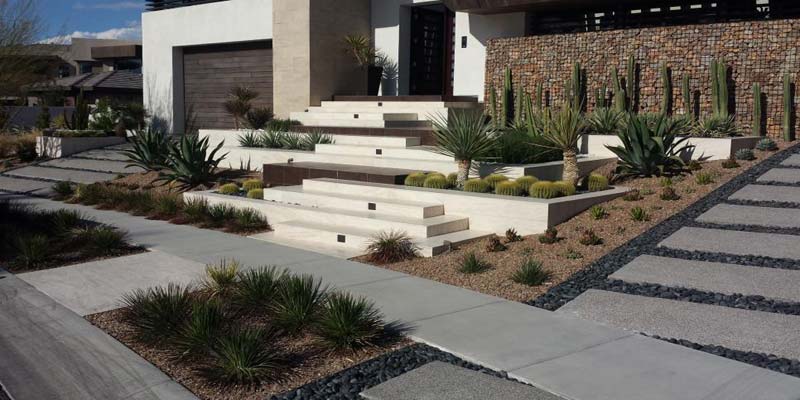
According to Lone Pine Landscapes traditional landscaping construction trends have not always been eco-friendly. For instance, lovely swathes of green lawns not only take a great deal of water to keep in shape, but it also takes a lot of fertilizer and in some cases pesticide to prevent insects from ruining the lawn. In addition, many of our gardening techniques and even some of the traditional plants are derived from Britain, where there is rarely a shortage of water; more like the opposite.
In Australia, the climate is hot and dry for the most part and so those landscaping techniques that require a lot of water are not suitable for our environment. Here are some eco-friendly trends to follow for those who want to add to the environment rather than take from it.
- Look for a landscaping company that follows sustainable practices. They should replace poor soil with quality soil so your plants grow better without the need for chemical fertilizers that tend to push plants into making sappy growth that insect pests love and gardeners spray with pesticides, another poison.
- Adding lots of organic matter to the soil not only gives plants essential and natural nutrients but also keeps weeds at bay and helps retain moisture. That’s three ticks for sustainability.
- Irrigation techniques are different when you have an eco-friendly construction team on board. Drip irrigation is not only a great save on water usage, but it also prevents erosion and ensures each plant gets water right to the roots where it is needed. Not watering the actual plant often saves mildew and fungus from appearing. It also helps plants to develop deep roots so they are better able to withstand dry conditions.
- Recycling is a big part of eco-friendly landscape construction. There is plenty of broken concrete available from other construction work and it is nearly always free. This can be utilized in many ways from building retaining walls to flagstone paths.
- Recycled brick has a charm of its own and can be used in many hardscape applications where pavement or walls are needed. There are also recycled plastic materials that make good, rot-free decking. This saves on the use of timber. Even though trees are a renewable resource, it still takes many years for them to grow.
- Recycled timber can also be used in many ways, from decking to fencing and handrails around the outside steps and stairs.
Once we put our minds to work in finding out some of the different ways we can be more eco-friendly, it is not the least bit difficult to change and make new traditions instead of depending on old ones that have lost their use. In doing so we will make our environment much more friendly and ensure it lasts for much longer.